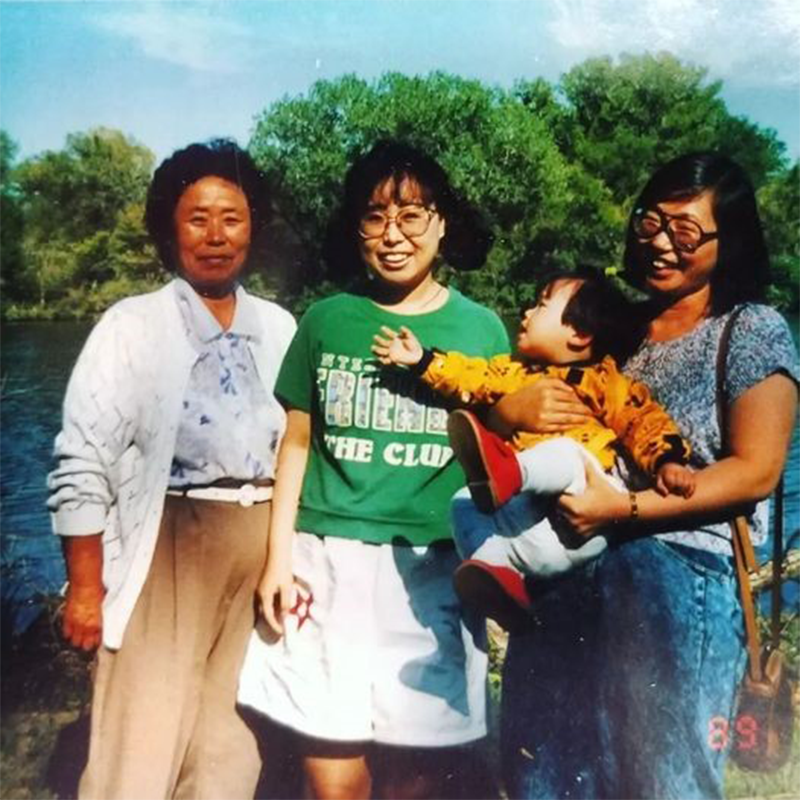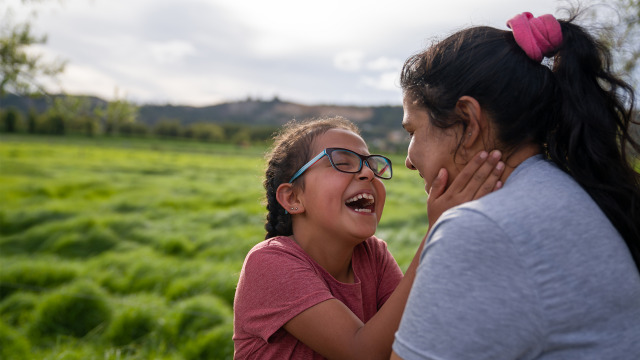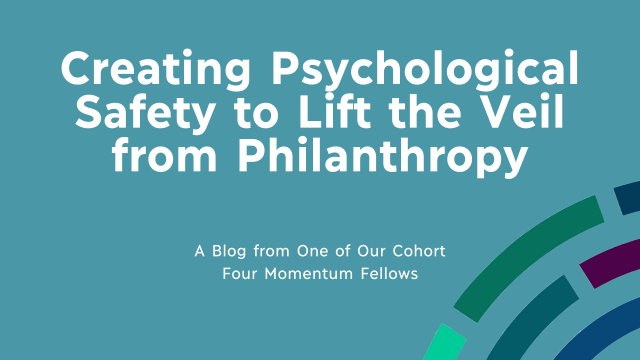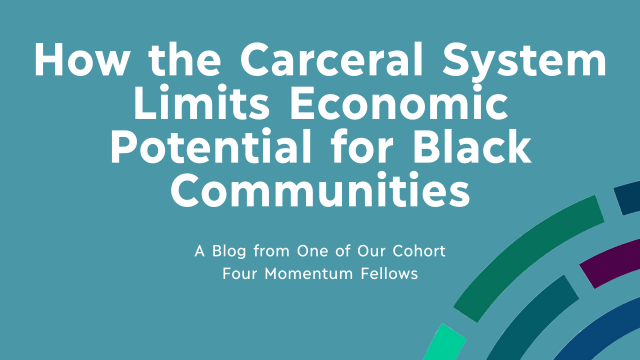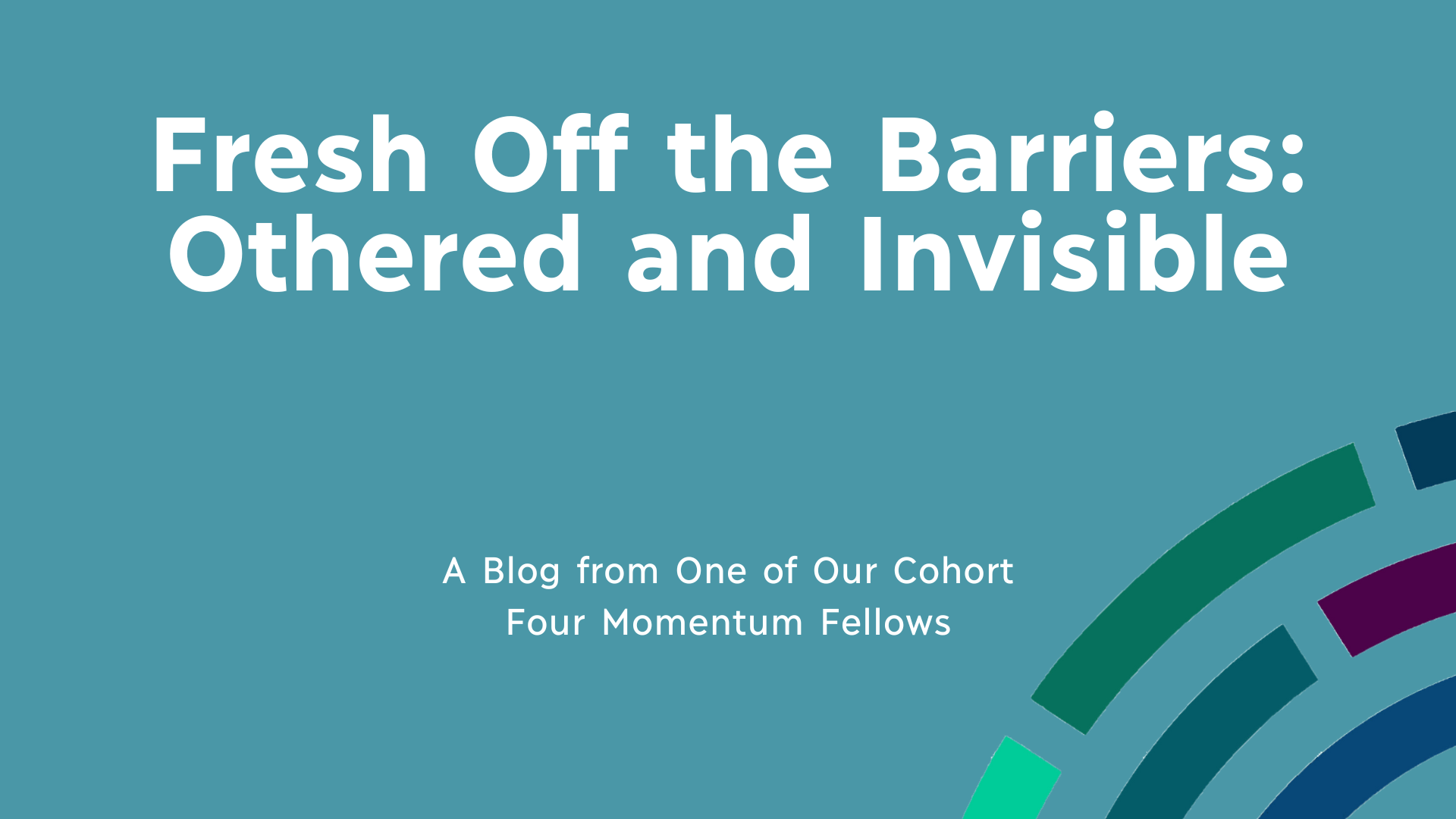
Gene Yoon (he/him) is a communications manager at the Pacific Hospital Preservation & Development Authority and is part of the fourth cohort of Philanthropy Northwest's Momentum Fellowship program. The views and opinions in this blog are his own.
My halmuni passed away while I was working in health philanthropy. She slipped, injured her head and lost a lot of blood, but despite needing more help, she was ultimately asked to leave the hospital’s premises. She faced barriers at every level of health care:- Calling 911 and connecting to dispatch,
- Talking to firefighters who entered her home to assess whether they needed to transport her,
- Getting admitted to the hospital and
- Discussing her prescribed medications with the doctor.
Language and skin color should not be a barrier to receiving quality care in the Pacific Northwest, or anywhere else in the United States. My family speaks Korean and, in these pivotal interactions with healthcare providers, could not communicate valuable information that may have saved my grandmother's life. She was kicked out of the hospital’s premises because they said they could not offer any more help.
Our story of dismissal is not uncommon for people who look like me. According to the National Library of Medicine in a study examining how much limited English proficiency (LEP) poses a risk to health service use in Asian Americans, over 62% of participants said they had LEP. In this group, the people with LEP were less likely than their counterparts to have a place they regularly visited for health care, less likely to have a regular check-up, more likely to have unmet needs for medical care and far more likely to have communication problems in a healthcare setting.
Long before the pandemic, Asians were viewed in our society as carrying disease and not belonging. Our features are seen as foreign and our systems continue to remind us that the health care system was not made for us, but for white people.
Throughout the pandemic, hate-related anti-Asian attacks were a constant threat. The Center for the Study of Hate and Extremism’s compilation of hate crime data reports that anti-Asian hate crime increased by 339 percent last year. Our negative experiences and stigmas are often concealed, and the feeling of otherness can contribute to adverse mental and behavioral health effects. American Psychological Association states Asian Americans are three times less likely to seek mental health services than white people.
What can philanthropy do?
The road to recovery, healing and justice is long. Promoting health equity for all means including immigrant and refugee populations who have unique needs like breaking down language barriers. Philanthropy can fund and support organizations working for the long haul, including but not limited to:
- Fighting for health justice: supporting universal health care policies and insurance coverage; filling language and cultural gaps; promoting mental and behavioral health programs.
- Collaborating with community solutions, led by and for immigrant populations.
- Telling our stories and sharing our art.
